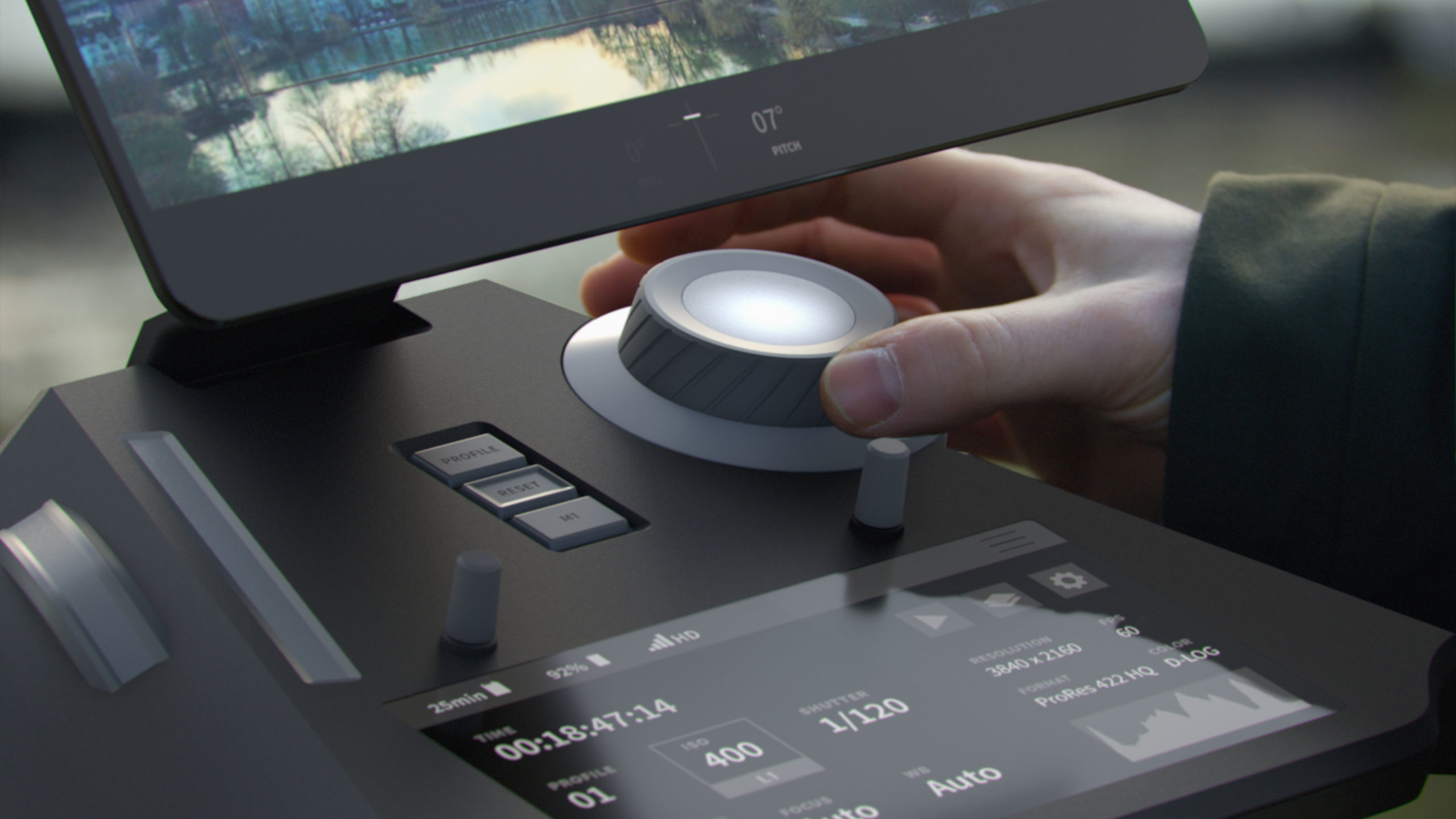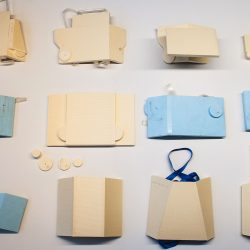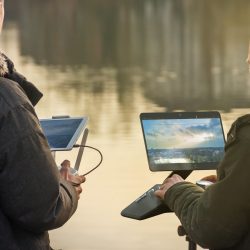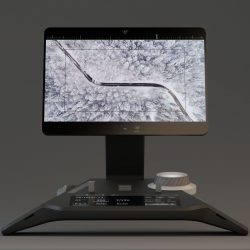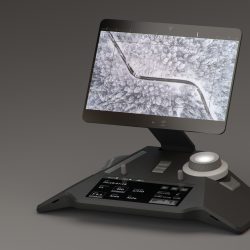Aerial Camera Controller
Description
The Aerial Camera Controller is a novel remote control for professional camera operators. The remote is used for professional cameras, which are mounted on drones. The remote control enables professional-conventional camera operators by providing already learned interactions in the new field.What is the Topic?
Novel and impressive video shots are increasingly captured with the help of camera drones. But what does the interaction with the camera look like, when the camera is remote controlled? How is it possible to support these new scopes and creative work, combining planning and improvisation through the design of a new tool? Professional drone shots are conducted in a team consisting of a camera operator and a pilot. Strong cooperation between the two parties is a must and different controllers are required for the division of tasks. The remote controlling of the camera results in a loss of orientation,
Why does it look like this?
By means of a model driven design process, I was able to evaluate interaction, ergonomic and aesthetic concepts, and to combine them in my final design. The remote is used while staying (tripod), walking (shoulder strap) or sitting (lap or table). The design has to fulfill these ergonomic requirements. The hands may come to rest on the device for controlled movements, thus continually expressing that the product is geared towards professional use. The distribution of the information onto two touchscreens results in different layers of emphasis. Hereby the operators focus can be guided towards the camera image during the shot.
What is special?
Common remote controls to operate drone cameras are the same as those to fly the drone. Joysticks are established controls to steer aircrafts because they can manipulate two parameters at the same time by one hand. But this is misplaced in operating a camera. Camera operators are familiar with rotary knobs. They use them to adjust the depth of field on conventional camera rigs. These rotary knobs are more precise and the repeatability of inputs is more accurate. Expert interviews have proven that rarely more than two parameters are changed at once. Digital assistance systems like object tracking or automatic focus can control additional parameters.
What is new?
The controller enables the user to adapt the camera controls to the specific requirements of the shot. This way, haptic resistance at the central rotary knob may be turned on additionally, and the sensibility and damping of the controls can be regulated. The rotary resistance is achieved by an electromagnetic break, and as such may be adjusted smoothly. Therefore, it is possible to use the brake as limit stop or other haptic feedback in interactions. For these findings a prototype has been developed which made it possible to perform usability tests to evaluate the interactions.

